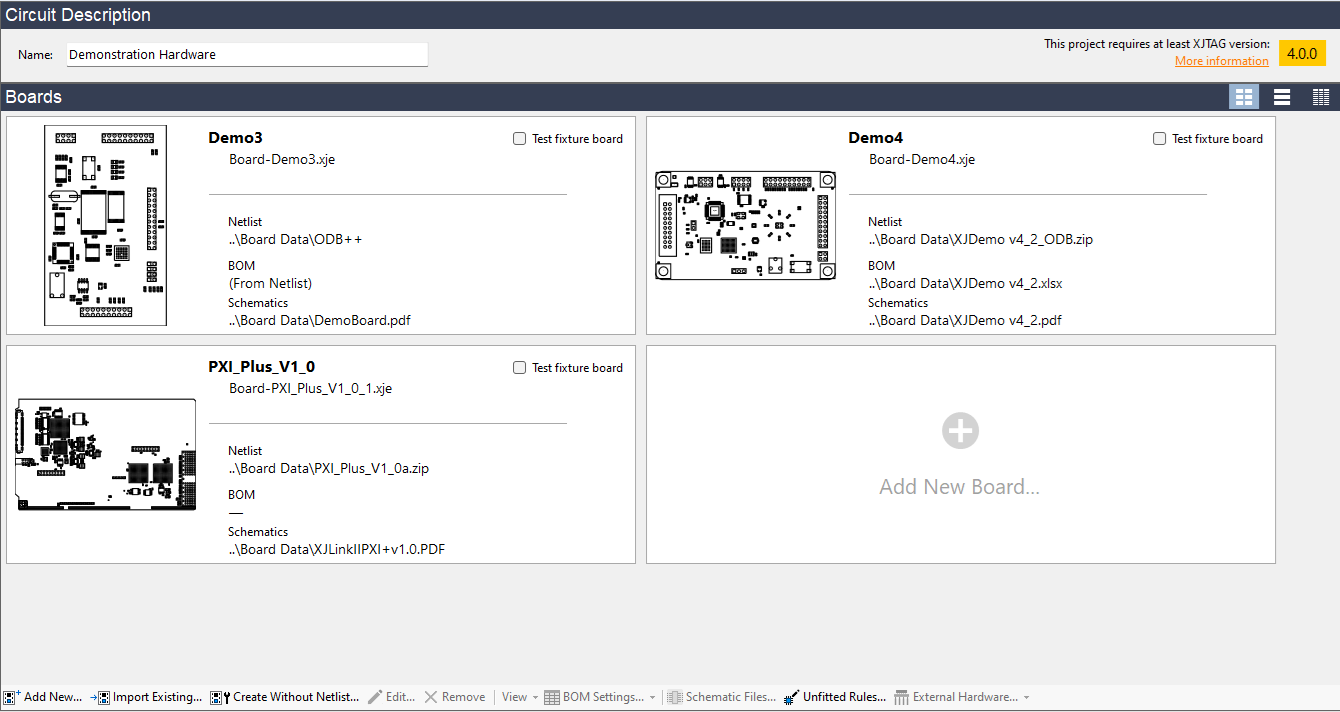XJTAG 3.12 expanded the capability of the Signal Integrity Analysis in XJTAG tools, adding the ability to suggest certain causes of error. This post continues from the previous post on this subject, and describes further errors that XJTAG tries to identify.
We try to identify errors in which a single bit from the data scanned into the chain returns flipped. There are 4 ways this can manifest itself in the data, and each suggests something that may have happened on the JTAG chain.

Late transition
If one transition between data values is observed one bit late, but all other transitions occur where expected, this could indicate that TCK is slightly too fast for one of the devices in the JTAG chain to cope.
Early transition
A single transition occurring one bit before where it was expected could be caused by a glitch on TCK, causing a device to shift an additional bit. By considering the distance between correctly aligned transitions on either side of this erroneous bit, and BSDL files supplied in the project, XJTAG can then attempt to identify which device experienced the glitch.

Flipped bit
Should one bit in a burst of data with the same value become flipped, this is likely due to corruption on the TDI/TDO line. Possible reasons for this are external noise, or a voltage mismatch between devices – for example, driving a 3.3 V input with a 1.8 V signal.
Skipped bit
If the original pattern contained one inverted bit in a burst of the opposite value (e.g. 0000 1000) and this bit is flipped in the returned data, it could indicate one of a series of possible issues. It could be that TCK is too fast, and a device unexpectedly shifted an additional bit. Or it could be a similar case to the early transition, but where the affected device was only shifting a 1-bit register. Finally, it could be external noise, or a drive / threshold voltage mismatch.
Not all of the errors detected by the Signal Integrity functionality will come with advice highlighting the possible cause, but we will continue to monitor the errors we see in-house, and will add more intelligence to the feature as we see ways to do so.



Leave A Comment